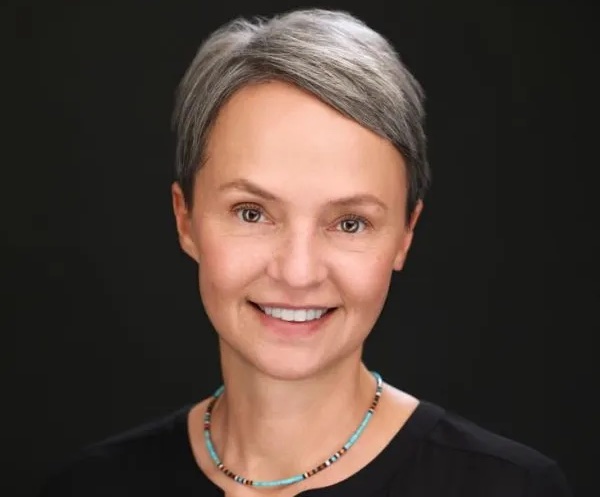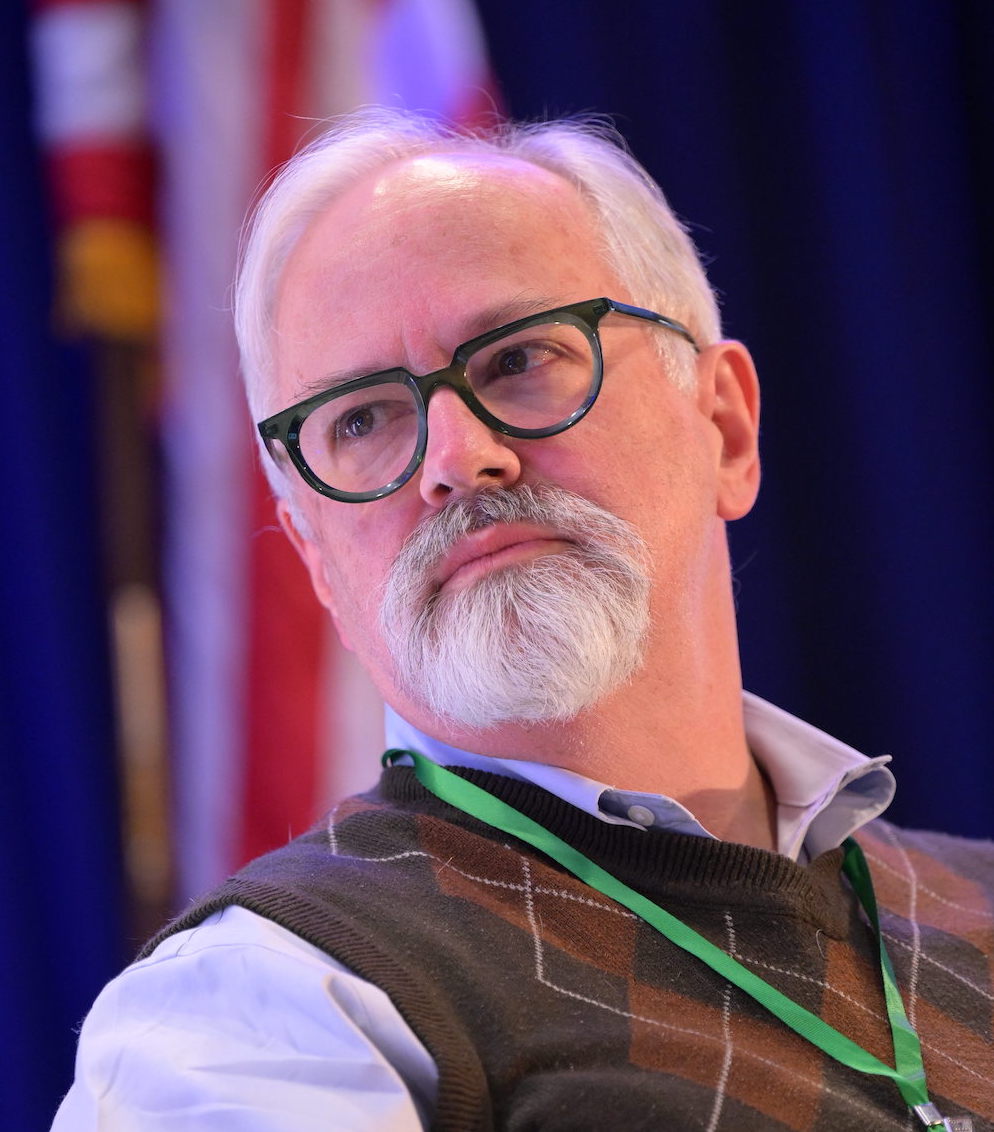
- Details
- By Brian Edwards
- Economic Development
Katie Oyan, a 20-year Associated Press veteran and member of the Oglala Sioux Tribe, will become CEO of IndiJ Public Media on June 23, taking over the nation's largest Indigenous news organization as it navigates a challenging landscape for public media.
The appointment represents something of a homecoming for Oyan, who previously served as managing editor of the organization's ICT news brand in 2020 during the early days of the pandemic. She's taking the reins at an organization that's undergone recent staff cuts and lost a $1.2 million National Science Foundation grant that supported its Indigenous climate reporting desk. The organization currently employs approximately 27 people, according to its website, down from a peak of 48 in 2023.
IndiJ's 2023 tax filings show revenues fell to $4.1 million from $4.6 million the previous year, while the nonprofit posted a $366,521 operating deficit. The organization had expanded rapidly since acquiring ICT from the National Congress of American Indians in 2021, growing from 27 employees to nearly 50 in two years before cuts over the past year brought staffing back closer to earlier levels.
Oyan replaces Karen Lincoln Michel (Ho-Chunk), who announced her transition last year after leading IndiJ through a five-year period of dramatic growth. Under Michel's leadership, the organization secured its 501(c)(3) status, acquired ICT, and expanded from a small operation to the nation's largest Indigenous news outlet with multiple bureaus and broadcast partnerships.
“I am humbled and honored to be returning to this storied institution, which has its roots in my homeland of South Dakota and has served as a connective tissue to so many Indigenous people in so many places over the years,” Oyan said in a statement.
The leadership transition follows recent board changes, with five new members joining IndiJ's governance structure as the organization adapts to the current economic climate.
The challenges facing IndiJ reflect broader headwinds buffeting nonprofit journalism and public broadcasting. Foundation funding has become increasingly competitive as more outlets chase limited philanthropic dollars, while public broadcasting faces potential federal budget cuts. Digital advertising revenue remains elusive for mission-driven media outlets focused on underserved communities rather than clickbait content.
ICT itself embodies the evolution of Indigenous media over four decades. Founded as the weekly print newspaper Lakota Times in 1981 by journalist Tim Giago on the Pine Ridge Indian Reservation, it became Indian Country Today in 1992. After ownership stints with the Oneida Indian Nation and the National Congress of American Indians, the publication transformed into ICT under IndiJ's ownership—a digital-first operation that launched a daily broadcast in 2020 and now reaches audiences through 40 public television stations nationwide.
Oyan brings considerable management experience from her AP tenure, where she rose to deputy director of local news and navigated newsroom changes.
IndiJ Board Chair Mark Trahant (Shoshone-Bannock), who worked with Oyan during her earlier ICT tenure, said in a statement that the organization needs “a strong business model based on public service.”
